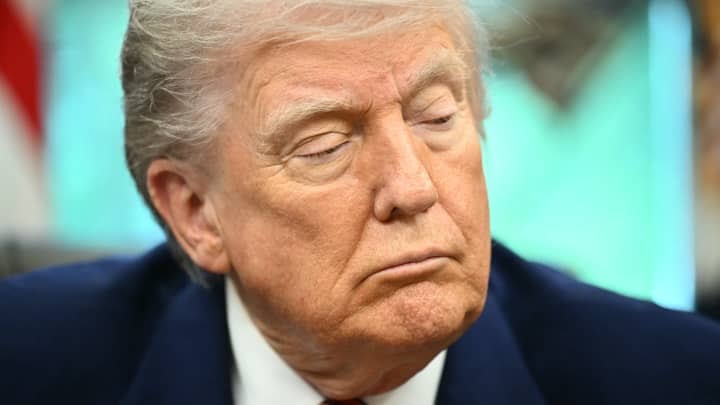Supreme Court Allows Lawsuit Against California’s Stricter Emission Standards to Move Forward
By USA NEWS TODAY | June 20, 2025
In a major legal development with broad implications for environmental policy, the Supreme Court has revived a lawsuit challenging California's stringent vehicle emissions standards. In a 7–2 decision authored by Justice Brett Kavanaugh, the court ruled on Friday that fuel producers have the legal standing to sue, allowing the case to proceed.
“This case concerns only standing, not the merits,” Kavanaugh clarified. “EPA and California may or may not prevail on the merits in defending EPA’s approval of the California regulations. But the justiciability of the fuel producers’ challenge... is evident.”
The decision effectively reverses a lower court ruling that had dismissed the lawsuit and marks a win for the fuel industry, which argues that California’s rules will harm their business by accelerating the shift away from gas-powered vehicles.
Background on the Case
Under the Clean Air Act, states are generally barred from setting their own vehicle emission rules, but California has long enjoyed a unique exemption—an EPA waiver that permits the state to enact stricter environmental regulations.
That waiver was granted in 2013 but was partially revoked during the Trump administration. The Biden administration later restored the waiver, reinstating California’s tougher standards. Fuel producers argue that these rules will shrink demand for gasoline, directly impacting their bottom line.
California and the EPA countered by saying the lawsuit should be dismissed because the companies lacked standing. They claim that the market is already moving toward electric vehicles on its own and that the California rules are not the primary driver of that trend.
Majority Opinion
Justice Kavanaugh rejected that argument, stating that the regulations are clearly intended to push the market further toward electric vehicles.
“If invalidating the regulations would change nothing in the market, why are EPA and California enforcing and defending the regulations?” he wrote. “The whole point of the regulations is to increase the number of electric vehicles… beyond what consumers would otherwise demand and what automakers would otherwise manufacture and sell.”
Dissents from Sotomayor and Jackson
Justices Sonia Sotomayor and Ketanji Brown Jackson dissented. Sotomayor said she would have sent the case back to the lower courts for further factual review, stating there was no need for the Supreme Court to intervene on standing in this context.
Justice Jackson was more critical, accusing the majority of applying the standing doctrine inconsistently. She expressed concern that the ruling sends a message that powerful corporate interests receive preferential treatment in the judicial system.
“This case gives fodder to the unfortunate perception that moneyed interests enjoy an easier road to relief in this Court than ordinary citizens,” Jackson wrote. “Because the Court had ample opportunity to avoid that result, I respectfully dissent.”
What Comes Next?
Now that the case is allowed to proceed, the legal battle will shift back to the lower courts, where the actual merits of California’s emissions rules—and the EPA’s approval of them—will be litigated.
The case is likely to have a ripple effect beyond California, potentially impacting the ability of states to implement aggressive climate measures. It also underscores the ongoing legal tug-of-war over environmental policy between federal regulators, state governments, and private industry.
Tags: Supreme Court, California Emissions, Clean Air Act, EPA, Vehicle Standards, Environmental Law, Fuel Industry, Court Battles





